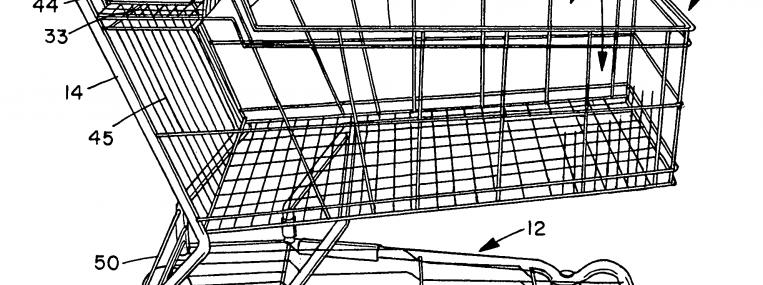
Patently Useless
Patents used to protect intellectual property. Now they stifle innovation.

Patents used to protect intellectual property. Now they stifle innovation.
Patents are the gold standard of national competitiveness. The more we have, Americans often think, the more innovative our economy is.
That’s a big mistake, according to Michele Boldrin and David K. Levine. Patents don’t often encourage innovation—they stifle it. Companies use the system to freeze out competition and leach off the commercial successes of others. Writing in Journal of Economic Perspectives, the authors, both economists at Washington University in St. Louis, argue that the patent system should be abolished.
The real engine of innovation and economic growth is competition. Companies and individuals profit handsomely when they beat competitors to a new idea. After the iPhone’s debut in 2007, Apple sold more than five million of its game-changing devices before rivals could muster a challenge. Even then, the iPhone’s peerless design—not patent protections—allowed the company to reap lavish profits.
In theory, a perfectly designed, rationally administered patent system would work well. But in the real world, maturing industries flex their political muscles to game the system and protect themselves from competition.
Compounding the problem is the fact that today’s products often contain so many patentable components. In 1983, the U.S. Patent and Trademark Office granted about 60,000 patents. By 2010, the annual number—which by then included software innovations, as a result of a 1994 court case—had quadrupled, to some 244,000.
The patent glut accomplished little. “Academic studies have . . . typically failed to find much of a connection between patents and innovation,” Boldrin and Levine write. Instead, it has created a Scylla-and-Charybdis world in which innovators must navigate between infringing on countless patents and paying multitudes of stiff licensing fees. When Google made a foray into the mobile phone market, for example, Apple and Microsoft used patent suits to slow the creative newcomer.
To avoid such headaches, Google forked out $12.5 billion in 2012 to purchase Motorola Mobility, Motorola’s smartphone arm. With the acquisition came a trove of Motorola patents. “Google’s purpose in obtaining this patent portfolio is purely defensive,” the authors write. “It can be used to countersue Apple and Microsoft.” Google is not alone in using this strategy. Companies spend vast sums every year to buy intellectual property of dubious real value.
Legal battles waste more time and money. One study found that during the 1990s companies spent an amount equivalent to 14 percent of their research and development budgets on patent litigation.
Big pharmaceutical companies are among the staunchest defenders of patents. Without patent protection, they contend, drugs developed at enormous cost would be swiftly copied, making it hard to recover expenses and discouraging future innovation. But Boldrin and Levine say it takes a long time for competitors to reverse-engineer pathbreaking drugs. The authors also point out that some 80 percent of the $1 billion it typically takes to develop a new drug is consumed by the final phase of clinical tests required by law. There are much cheaper ways to help manufacturers recoup that expense—including government subsidies—than granting them monopolies that cost consumers dearly.
Other patent champions insist that patents foster collaboration and transparency. Not true: Today’s patent applications are carefully designed to be incomprehensible to anyone but a patent attorney.
Not coincidentally, attorneys lobby hard to defeat reform. So do so-called patent trolls, companies that amass patents merely for the purpose of suing alleged infringers. In 2006, a company called NTP Inc. claimed that the maker of the BlackBerry mobile phone, Research in Motion, was infringing on one of NTP’s patents. Research in Motion paid NTP a $613 million licensing fee. A court subsequently invalidated NTP’s patent, but the company kept the fee anyway.
Boldrin and Levine would prefer to scrap patents entirely. If that’s too radical a solution, they suggest limiting their number and duration, a reform that would free competitors from today’s morass. “The patent system arose as a way to limit the power of royalty to award monopolies to favored individuals,” the authors observe. “But now,” they conclude, “its primary effect is to encourage large but stagnant incumbent firms to block innovation and inhibit competition.”
THE SOURCE: “The Case Against Patents” by Michele Boldrin and David K. Levine, in Journal of Economic Perspectives, Winter 2013.